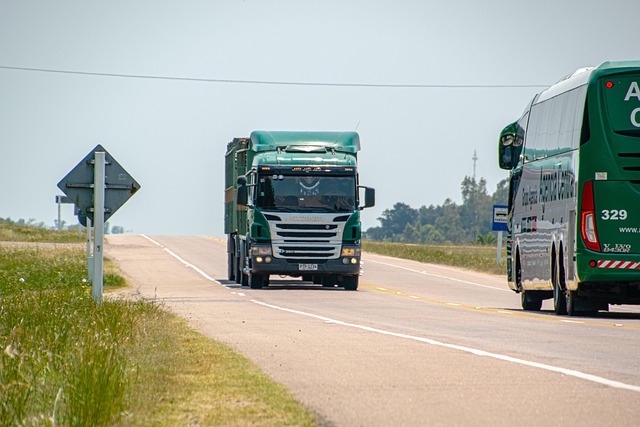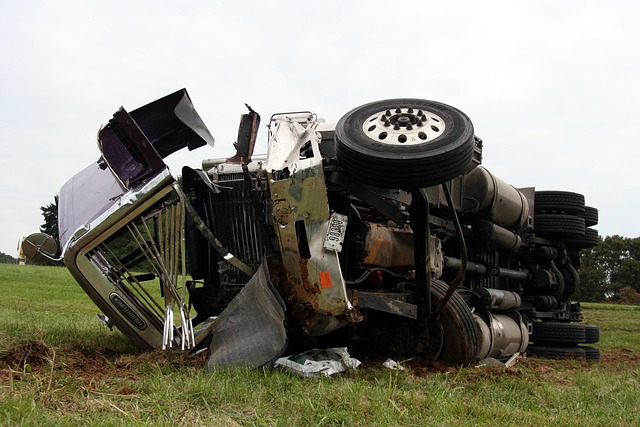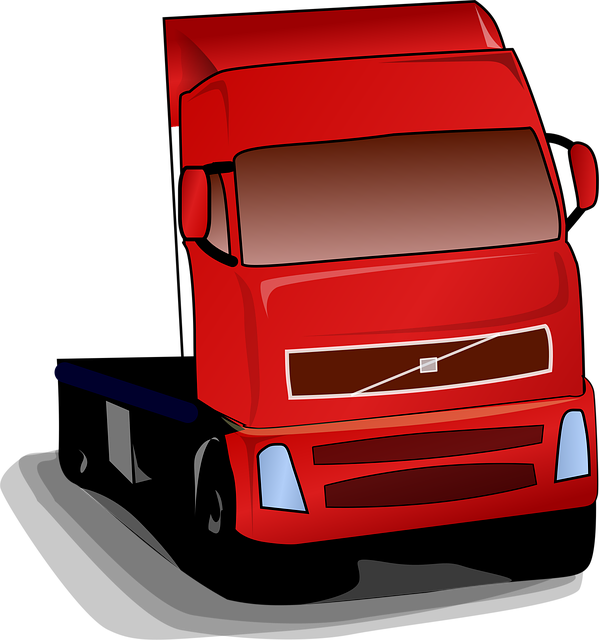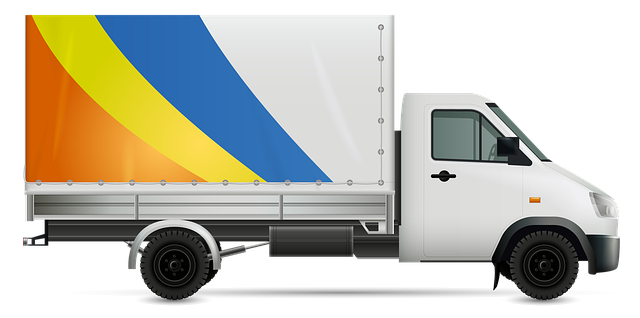Looking to register your car in California? This comprehensive guide will walk you through the process, ensuring a smooth experience. First, understand the eligibility requirements for car registration in California, including vehicle type and owner status. Next, gather essential documents, including proof of ownership and identification. Verify the Vehicle Identification Number (VIN) using a reliable DMV VIN verifier to ensure accuracy. You can then complete the registration process online or in-person, pay the required fees, and receive your license plate.
- Understand Eligibility Requirements for Car Registration
- Gather Necessary Documents for California DMV
- Verify Vehicle Identification Number (VIN) Accuracy
- Complete Online or In-Person Registration Process
- Pay Registration Fees and Receive Your License Plate
Understand Eligibility Requirements for Car Registration

Before you begin the registration process, it’s crucial to understand the eligibility requirements set by the California Department of Motor Vehicles (DMV). To register your car in California, your vehicle must meet certain criteria. One key step is ensuring that the vehicle’s Vehicle Identification Number (VIN) can be verified accurately. Utilize a reliable DMV VIN verifier or mobile VIN verification service to cross-check the VIN details with official records. This process helps confirm the vehicle’s history and ensures it complies with state regulations.
Additionally, your car must be in good working condition and up to safety standards. This includes meeting emissions requirements and having all necessary documentation, such as proof of insurance and ownership. A mobile VIN inspector can provide on-site verification, making the process more convenient for you. By fulfilling these eligibility criteria, you’ll be well on your way to successfully registering your vehicle with the California DMV.
Gather Necessary Documents for California DMV

Before heading to the California DMV, ensure you have all the required documents ready. This process typically involves gathering proof of identity, residency, and ownership. Your vehicle’s registration will also be needed, along with a valid driver’s license or identification card. It’s crucial to bring along any relevant records related to previous registrations, insurance claims, or recent purchases if applicable. Additionally, the DMV recommends having your Vehicle Identification Number (VIN) verifier ready, which can be easily obtained through a simple online lookup or by using a mobile VIN inspection tool.
A key document you’ll require is the Certificate of Title, often referred to as the title, which establishes ownership. If you’re registering a newly purchased vehicle, you might need to provide a Bill of Sale or a completed DMV Form 190 for proof of purchase. For those transferring registration, a signed and notarized Ownership Transfer Form (DMV Form 74) is essential. These documents ensure a smooth registration process, especially when utilizing mobile VIN verification services for added convenience.
Verify Vehicle Identification Number (VIN) Accuracy

Before registering your car in California, ensuring the Vehicle Identification Number (VIN) is accurate is paramount. A correct VIN is vital for identifying your vehicle and accessing its history, which includes collision records, ownership changes, and recall notifications. You can verify the VIN using a trusted dmv vin verifier or even a mobile vin verifier app, which offers quick and convenient checks. These tools cross-reference your VIN with national databases to deliver an extensive vehicle history report.
Regularly checking your VIN, especially during pre-purchase inspections or when planning significant repairs, is beneficial. It’s also wise to familiarize yourself with the process of a vin inspection as it may be required by car dealers or insurance companies. This simple step can save you from potential issues later and ensure a smooth registration process in California.
Complete Online or In-Person Registration Process

In California, registering your car involves either completing an online or in-person process with the Department of Motor Vehicles (DMV). The first step is to gather all necessary documents and ensure your vehicle meets emission standards, which can be verified through a DMV vin verifier or mobile vin inspection. This ensures that your vehicle’s identification number (VIN) is accurate and matches the vehicle’s characteristics.
Once ready, you can either register online, a convenient option that allows you to upload documents and receive your registration remotely, or visit a local DMV office in person. Both methods require providing proof of identity, ownership, and residency. An alternative to the traditional process is a mobile vin inspection, offering a quick and efficient way to confirm your vehicle’s details before initiating the registration.
Pay Registration Fees and Receive Your License Plate

After completing your vehicle’s registration application at the California DMV, it’s time to pay the registration fees. These fees vary based on several factors, including the type and weight of your vehicle. You can typically pay online, by phone, or in person at a DMV office. Once your payment is processed, you will receive your license plate. This crucial step finalizes the registration process, making your vehicle legally operable on California roads.
To streamline this process, consider using a mobile vin verification service. These services allow for convenient and efficient vehicle inspection right from your smartphone. A mobile vin verifier can cross-reference your car’s unique Vehicle Identification Number (VIN) with the DMV’s records, confirming its authenticity and condition, thereby simplifying license plate issuance.
Registering a car in California is a straightforward process that requires understanding the eligibility criteria, gathering essential documents, and accurately verifying the Vehicle Identification Number (VIN) using a trusted DMV VIN verifier. Once these steps are complete, you can either register online or visit a DMV office, pay the required fees, and obtain your license plate. This ensures not only legal compliance but also helps maintain California’s efficient vehicle registration system.
